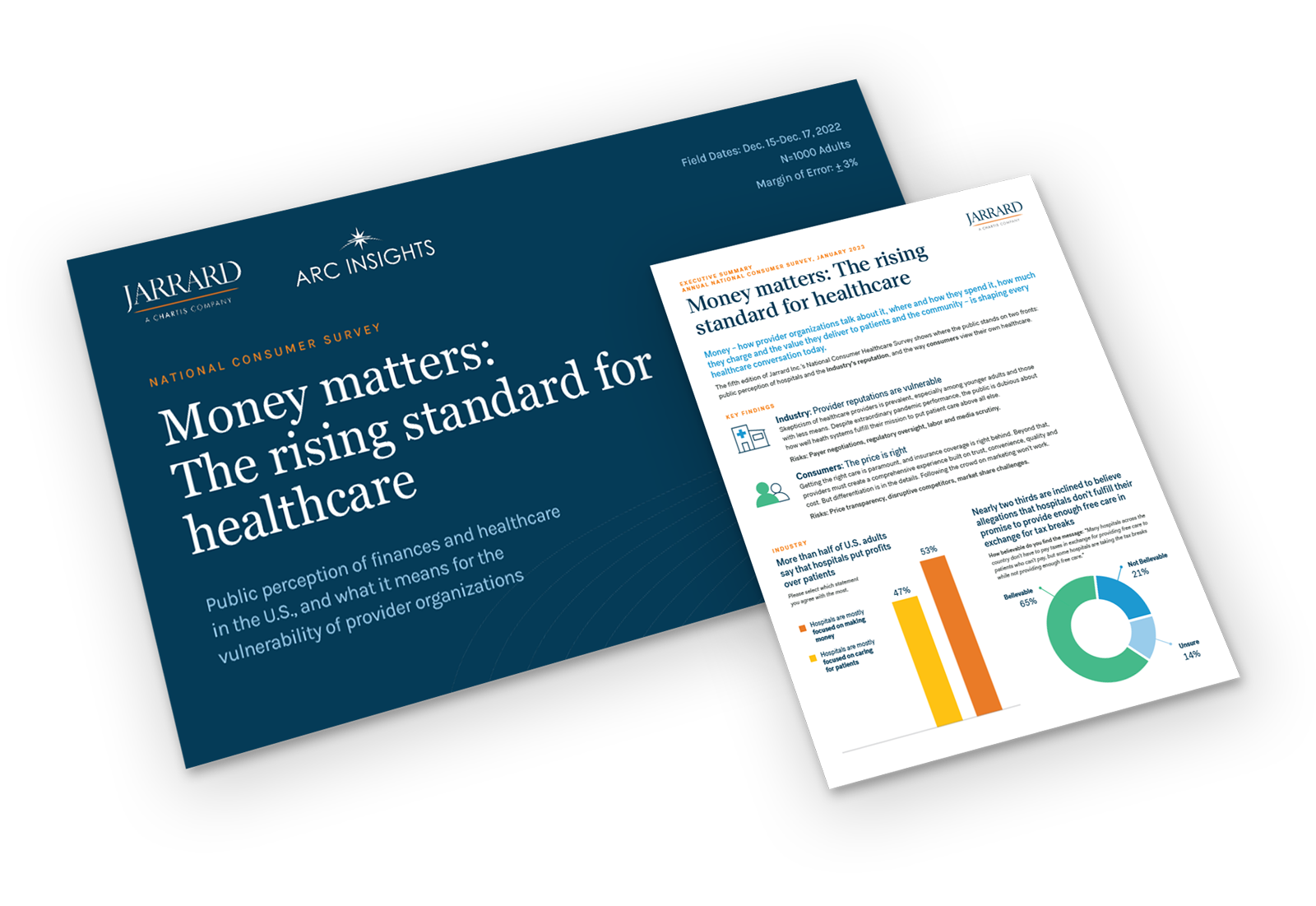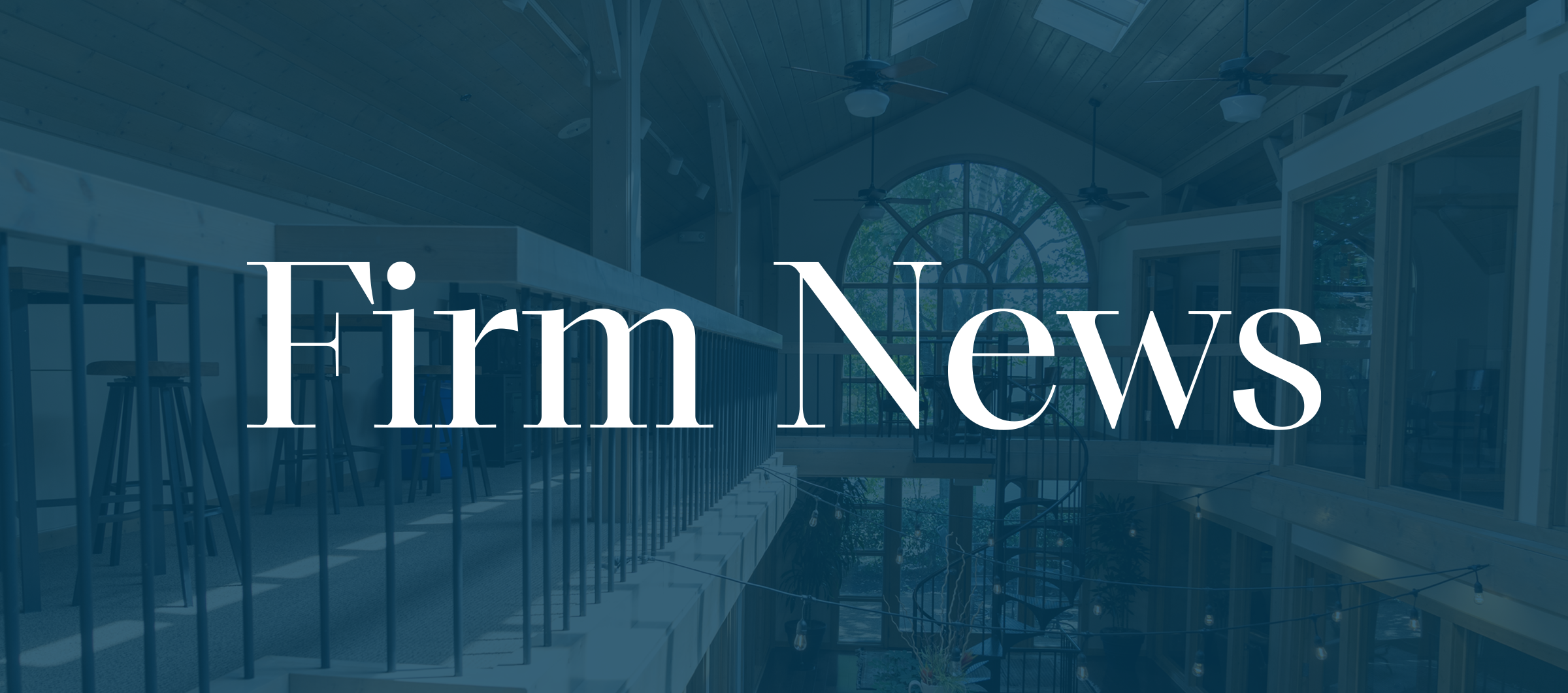
Every year, on schedule, this spotlight would come and go with a few questions and, maybe, a bit of consternation in its wake. But now, the spotlight’s staying put and…
Read More
Subscribe to Our Thinking, valuable insights for healthcare execs, communicators and marketers.







